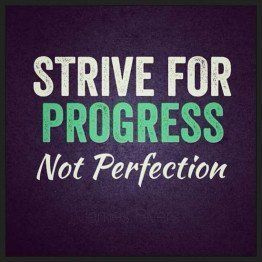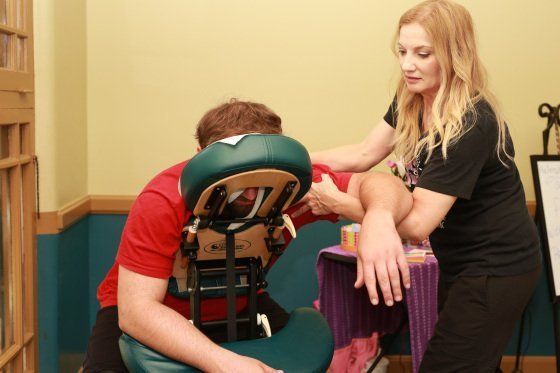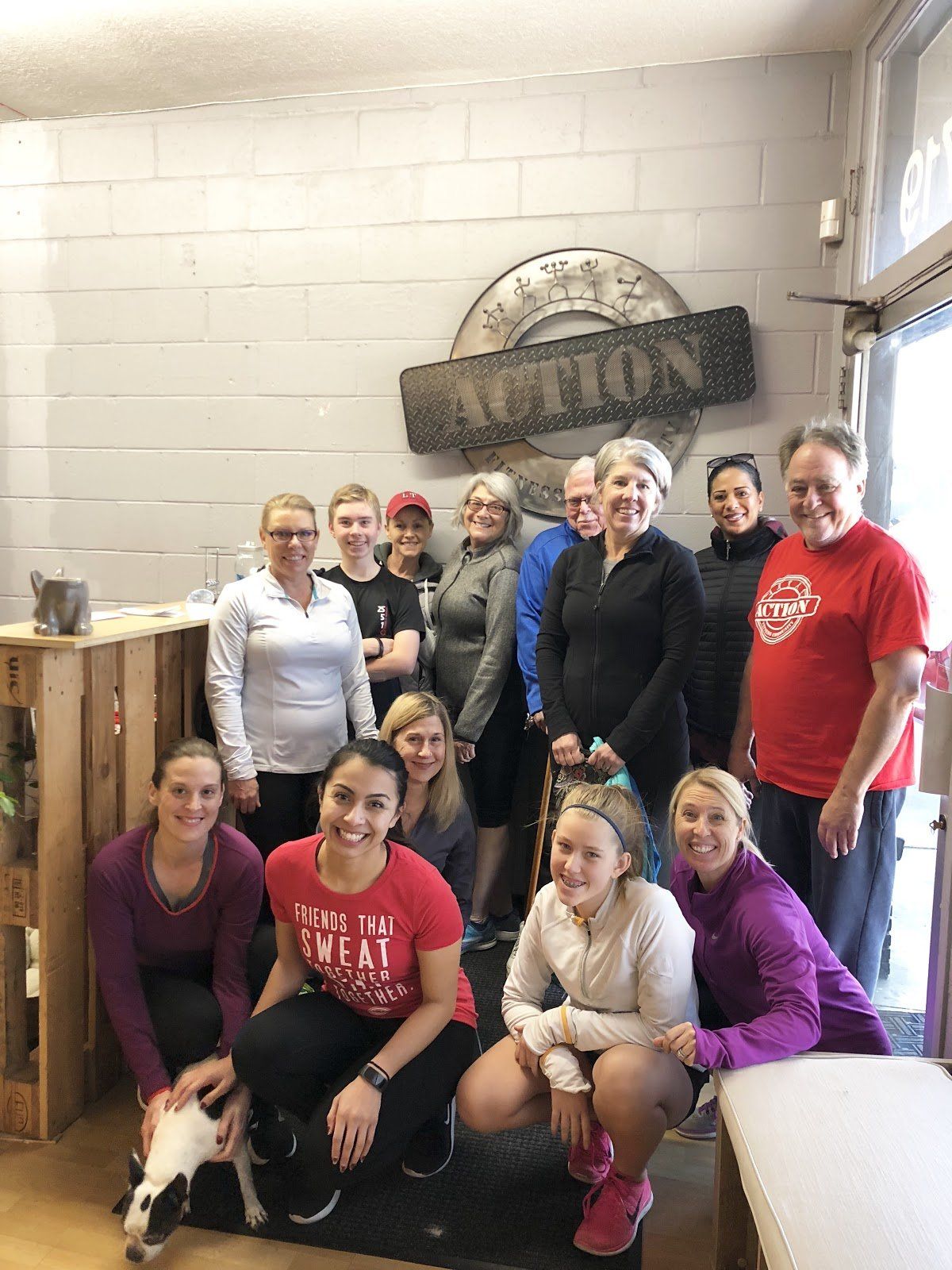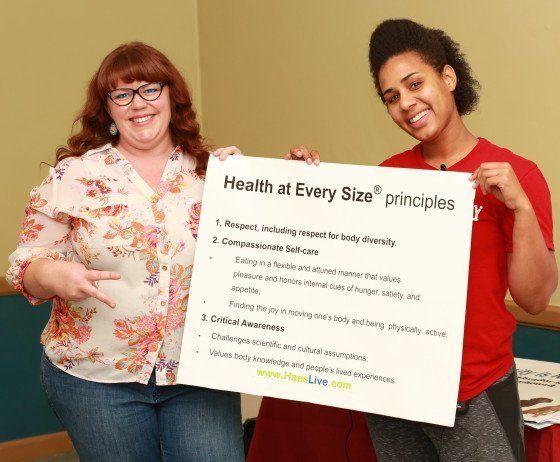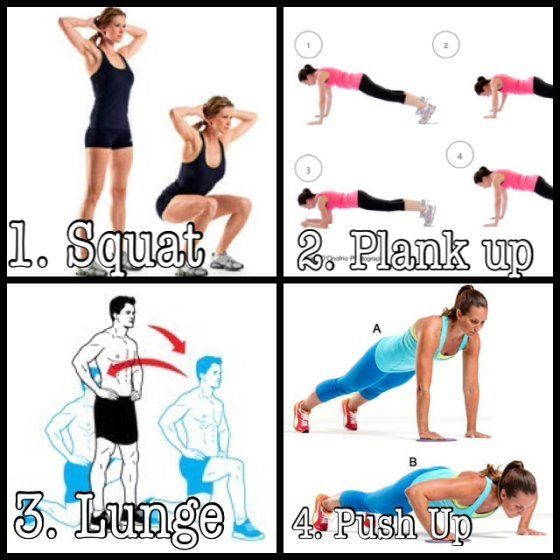The Dr. Weighs in on Balanced Eating by Dr. Mithia Mukutomoni, Ph.D.
Hi, I’m Dr. Mithia Mukutmoni, affectionately referred to as Dr. M by my students. After receiving my Bachelors in Biology I wanted to know more about the body and returned to earn my PHD in nutrition. Being a recreational athlete myself I was personally vested in making my way through all of the nutritional propaganda to learn how to fuel myself and my family. Over a decade and quite a few races later I’m happy to report I have found the answers, and am ready to share them with you.
I’m dedicated to banishing half truths about nutrition, fad diets, and false information put out for the sake of profit. I’m here to give you a professional unbiased view of how to achieve a healthy balanced diet that will set you up for a ton of energy and keep off chronic preventable disease. Read on for the first of my 3 piece series on balanced eating. First we’ll start with the main building blocks of your everyday diet, then portion size, followed by eating for your specific goals.
When I was first asked to write a nutritional article for Health and Fitness I immediately got excited for the opportunity to help people understand the principles of balanced healthy eating.
What about the phrase “eat a balanced diet”? What does this mean? It means that no nutrient (carbohydrates, fats, proteins, vitamins, minerals, and water) is overemphasized or underemphasized. Each nutrient has a specific job. Drastically reducing one OR increasing it will invariably affect how others will be digested, absorbed, and used by the body.
Carbohydrates: Sugar. That’s right I said it – carbs are sugar. But that’s not the problem. Our bodies break down carbs into glucose (sugar) to make nutrients and energy easier to harvest. Our bodies naturally break down sugar. Carbohydrates are the main source of energy for our brains and nervous system (ever notice how low carb dieters are noticeably forgetful and irritable?) and comes along with a ton of vitamins and fiber. These nutrients are key players in preventing chronic disease and maintaining balance. The problem sugars are the artificial ones, and overeating foods with low nutritional value. (Think most anything tasty you’d find on a dessert menu)
Healthy Carb Options:
Beans, Whole Grains, Fruits, Vegetables
Dr M Tip:
When choosing grains make sure the first ingredient is “Whole (insert grain name here)”
Protein: By now everyone has heard that protein is the main building block for muscle. So eat more to build more muscle right? Not so much. Protein has several other functions like making and maintaining blood cells, organs, nerve, bone, and brain tissues, along with hormones and antibodies. Eating a ton of protein doesn’t not mean your body will use it all to give you Madonna or Arnold’s Arms. Protein is the building blocks, but carbs are the delivery truck – and it has more stops to make than what looks good in a swim suit. The only way to build muscle is to eat a balance diet, while increasing the amount of load you move during your work-outs – in addition to adopting other healthy habits that keep you body balanced like proper hydration and sleep. (the majority of muscle building is actually done during the recovery phase and sleep)
Healthy Protein Options: Organic: chicken, turkey, fish, beef, rice and beans, quinoa, cottage cheese
Dr M Tip: The average person needs just over 1 g of protein per kilogram of weight per day. If you weight 150lbs X .45 Kilograms = 67g of Protein per day. Athletes and body builders may need up to 1.8 g per kilogram.
Fat: I know I know, the name alone has you not wanting to eat it. Believe it or not Fat is not actually what makes you “fat.” Let’s just start calling fats by their proper name “lipids,” to change the stigma. Lipids have a ton of important body processes like helping your nerves communicate, supporting joints/ligaments/organs, and there are also a lot of vitamins that can only be absorbed in your body through fat (fat soluble – Vitamins A, D, E, K).
Healthy Fat Options: Nuts, Oils, Avocado, Soybean
Dr M Tip: Decrease your intake of lipids that are hard at room temperature (saturated fats) and try to eliminate your intake of trans fats all together – like partially hydrogenated oils.
Practice the “90/10” rule. The 90/10 rule means you should consume
90% of your Calories with nutrient dense foods, and 10% can be less
nutrient dense foods. For example, 200 Calories out of a total 2000 per
day, can be “spent” on two pieces of See’s candy or one serving of
Cheez-its, while the other 1800 should come from whole grains, whole
fruits and vegetables, a lean protein source, and low-fat dairy
products.
There are a lot of programs out there that prescribe cutting out
nutrients to accelerate results. Don’t be fooled, your body needs the
proper balance of proteins, carbohydrates, and lipids to function
effectively. Quick tricks, and unrealistic diets will almost always
lead to yo’yoing and increase health problems. Check out my next
article for to learn about proper portion sizes of each and more sound
advice on how to permanently reach your health and fitness goals.
Dr Mithia Mukutmoni
BS Biology UC Irvine
PhD Nutrition UC Davis, minor in biochem and endocrinology
Current Professor at Sierra College, 12 years
6 marathons – 15 1/2 marathons – 7 Olympic distance Triathlons – 3 Spring distance Triathlons
1 half-ironman Tri – Death Ride–15000 ft climbing, 13O miles – 4-Day endurance ride for the NorCal Aids Project



